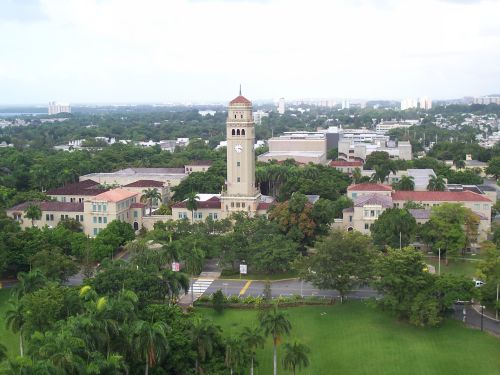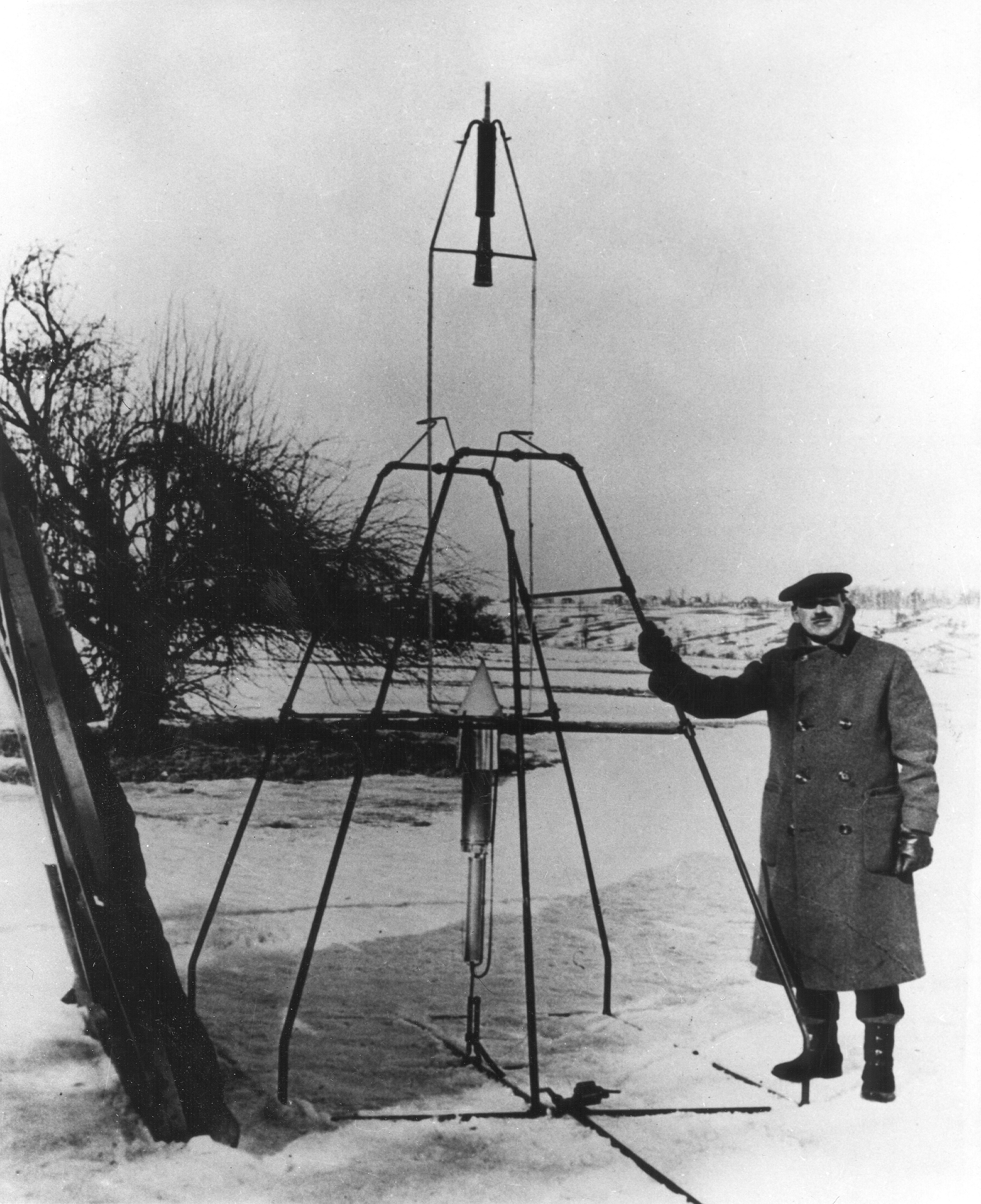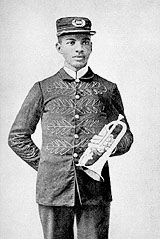|
Rafael Ithier
Rafael Ithier Natal (born August 29, 1926) is a Puerto Rican salsa musician and the founder of the highly successful orchestra El Gran Combo. Ithier was born in Río Piedras, now a part of the municipality of San Juan. In 2016, Ithier celebrated his 90th birthday and was interviewed by a news outlet in Puerto Rico about his contributions to Puerto Rican music. Early years Raised in Río Piedras, Puerto Rico, he showed a passion for music at a very young age. His father was Nicolas Ithier and his mother Mérida Natal. His uncle, Salvador Ithier, played music together with Rafael Hernández, another of Puerto Rico's music legends. He served in the United States Army during the Korean War. While stationed in Korea he formed a music group entitled the ''Los Borinquena Mambo Boys.'' Musical career Ithier Nadal became an expert guitarist in the bolero genre, and he was a member of the Tito Henriquez group, ''Taone.'' His sister Esperanza later inspired him to learn how to play th ... [...More Info...] [...Related Items...] OR: [Wikipedia] [Google] [Baidu] |
Río Piedras, Puerto Rico
Río Piedras is a populous district of San Juan, and former town and municipality of Puerto Rico, which was merged with the municipality of San Juan in 1951. The district today is composed of various ''barrios'' (these are the primary legal divisions of municipalities in Puerto Rico) such as Pueblo and Universidad. The historic town was founded in 1714 as El Roble, it was given municipality rights in 1823, and since 1903 it has been the home of the University of Puerto Rico's main campus, earning the popular name of ''Ciudad Universitaria'' (similar to college town) today. The downtown and historic center of Río Piedras is officially known as the Pueblo barrio of the municipality of San Juan. Name In addition to being the name of the barrio and district, Río Piedras ( Piedras River) is also the name of a river that crosses the district. Río Piedras was also the name of the former municipality of Puerto Rico (1823-1950). History The area where Río Piedras is locat ... [...More Info...] [...Related Items...] OR: [Wikipedia] [Google] [Baidu] |
Rafael Cortijo
Rafael Antonio Cortijo (December 11, 1928 – October 3, 1982) was a Puerto Rican musician, orchestra leader, composer and percussion instrument craftsman. Early Career As a child, Cortijo became interested in Caribbean music and enjoyed the works of some of the era's most successful Bomba y Plena music musicians. Throughout his life, he had a chance to meet and work with some of them, and learned how to make his own congas and pleneras, the handheld drums used in bomba y plena music. Salsa composer and singer Ismael Rivera met Cortijo when both were youngsters, as they both grew up in the Villa Palmeras neighborhood of Santurce; they became lifelong friends. Rivera was impressed with Cortijo's conga-playing skills and was asked to join his orchestra, which played at Fiestas patronales all over Puerto Rico. Later Career “Cortijo himself was discovered, or given his earliest encouragement by “Mr. Babalú,” the celebrated Cuban singer Miguelito Valdés. Getting his f ... [...More Info...] [...Related Items...] OR: [Wikipedia] [Google] [Baidu] |
Latin Music Record Producers
Latin (, or , ) is a classical language belonging to the Italic branch of the Indo-European languages. Latin was originally a dialect spoken in the lower Tiber area (then known as Latium) around present-day Rome, but through the power of the Roman Republic it became the dominant language in the Italian region and subsequently throughout the Roman Empire. Even after the fall of Western Rome, Latin remained the common language of international communication, science, scholarship and academia in Europe until well into the 18th century, when other regional vernaculars (including its own descendants, the Romance languages) supplanted it in common academic and political usage, and it eventually became a dead language in the modern linguistic definition. Latin is a highly inflected language, with three distinct genders (masculine, feminine, and neuter), six or seven noun cases (nominative, accusative, genitive, dative, ablative, and vocative), five declensions, four verb conjuga ... [...More Info...] [...Related Items...] OR: [Wikipedia] [Google] [Baidu] |
Puerto Rican People Of African Descent
{{disambiguation, geo ...
Puerto, a Spanish word meaning ''seaport'', may refer to: Places *El Puerto de Santa María, Andalusia, Spain *Puerto, a seaport town in Cagayan de Oro City, Philippines *Puerto Colombia, Colombia *Puerto Cumarebo, Venezuela *Puerto Galera, Oriental Mindoro, Philippines * Puerto La Cruz, Venezuela *Puerto Píritu, Venezuela *Puerto Princesa, Palawan, Philippines *Puerto Rico, an unincorporated territory of the United States *Puerto Vallarta, Mexico Others * ''Puerto Rico'' (board game) *Operación Puerto doping case See also * * Puerta (other) Puerta refers to the old original gates of the Walled City of Intramuros in Manila. Puerta may also refer to: People *Antonio Puerta, Spanish footballer *Alonso José Puerta, Spanish politician * Lina Puerta, American artist *Mariano Puerta, Arge ... [...More Info...] [...Related Items...] OR: [Wikipedia] [Google] [Baidu] |
People From Río Piedras, Puerto Rico
A person ( : people) is a being that has certain capacities or attributes such as reason, morality, consciousness or self-consciousness, and being a part of a culturally established form of social relations such as kinship, ownership of property, or legal responsibility. The defining features of personhood and, consequently, what makes a person count as a person, differ widely among cultures and contexts. In addition to the question of personhood, of what makes a being count as a person to begin with, there are further questions about personal identity and self: both about what makes any particular person that particular person instead of another, and about what makes a person at one time the same person as they were or will be at another time despite any intervening changes. The plural form "people" is often used to refer to an entire nation or ethnic group (as in "a people"), and this was the original meaning of the word; it subsequently acquired its use as a plural form of p ... [...More Info...] [...Related Items...] OR: [Wikipedia] [Google] [Baidu] |
Living People
Related categories * :Year of birth missing (living people) / :Year of birth unknown * :Date of birth missing (living people) / :Date of birth unknown * :Place of birth missing (living people) / :Place of birth unknown * :Year of death missing / :Year of death unknown * :Date of death missing / :Date of death unknown * :Place of death missing / :Place of death unknown * :Missing middle or first names See also * :Dead people * :Template:L, which generates this category or death years, and birth year and sort keys. : {{DEFAULTSORT:Living people 21st-century people People by status ... [...More Info...] [...Related Items...] OR: [Wikipedia] [Google] [Baidu] |
1926 Births
Events January * January 3 – Theodoros Pangalos declares himself dictator in Greece. * January 8 **Abdul-Aziz ibn Saud is crowned King of Hejaz. ** Crown Prince Nguyễn Phúc Vĩnh Thuy ascends the throne, the last monarch of Vietnam. * January 12 – Freeman Gosden and Charles Correll premiere their radio program ''Sam 'n' Henry'', in which the two white performers portray two black characters from Harlem looking to strike it rich in the big city (it is a precursor to Gosden and Correll's more popular later program, ''Amos 'n' Andy''). * January 16 – A BBC comic radio play broadcast by Ronald Knox, about a workers' revolution, causes a panic in London. * January 21 – The Belgian Parliament accepts the Locarno Treaties. * January 26 – Scottish inventor John Logie Baird demonstrates a mechanical television system at his London laboratory for members of the Royal Institution and a reporter from ''The Times''. * January 29 – Eugene O'Neill's ... [...More Info...] [...Related Items...] OR: [Wikipedia] [Google] [Baidu] |
Afro-Cuban Jazz
Afro-Cuban jazz is the earliest form of Latin jazz. It mixes Afro-Cuban clave-based rhythms with jazz harmonies and techniques of improvisation. Afro-Cuban music has deep roots in African ritual and rhythm.{{cite web, Cuba: Son and Afro-Cuban Music, https://worldmusic.net/blogs/guide-to-world-music/cuba-son-and-afro-cuban-music Afro-Cuban jazz emerged in the early 1940s with the Cuban musicians Mario Bauzá and Frank Grillo "Machito" in the band Machito and his Afro-Cubans in New York City. In 1947, the collaborations of bebop trumpeter Dizzy Gillespie and percussionist Chano Pozo brought Afro-Cuban rhythms and instruments, such as the tumbadora and the bongo, into the East Coast jazz scene. Early combinations of jazz with Cuban music, such as " Manteca" and "Mangó Mangüé", were commonly referred to as "Cubop" for Cuban bebop.{{cite book , last=Fernandez , first=Raul A. , title=From Afro-Cuban Rhythms to Latin Jazz , url=https://books.google.com/books?id=6WO7YevK_18C&pg=P ... [...More Info...] [...Related Items...] OR: [Wikipedia] [Google] [Baidu] |
Son Cubano
Son cubano is a genre of music and dance that originated in the highlands of eastern Cuba during the late 19th century. It is a syncretic genre that blends elements of Spanish and African origin. Among its fundamental Hispanic components are the vocal style, lyrical metre and the primacy of the tres, derived from the Spanish guitar. On the other hand, its characteristic clave rhythm, call and response structure and percussion section (bongo, maracas, etc.) are all rooted in traditions of Bantu origin. Around 1909 the son reached Havana, where the first recordings were made in 1917. This marked the start of its expansion throughout the island, becoming Cuba's most popular and influential genre. While early groups had between three and five members, during the 1920s the ''sexteto'' ( sextet) became the genre's primary format. By the 1930s, many bands had incorporated a trumpet, becoming ''septetos'', and in the 1940s a larger type of ensemble featuring congas and piano be ... [...More Info...] [...Related Items...] OR: [Wikipedia] [Google] [Baidu] |
Guaguancó
Guaguancó () is a subgenre of Cuban rumba, combining percussion, voices, and dance. There are two main styles: Havana and Matanzas. Percussion * battery of three conga drummers: the ''tumba'' (lowest), ''tres dos'' (middle, playing a counter-clave), and quinto (drum), ''quinto'' (highest, and lead drum). These parts may also be played on cajón de rumba, cajones, wooden boxes. * claves usually played by a singer * guagua (aka Catà) (hollowed piece of bamboo) * maraca and/or a chekeré playing the main beats Other instruments may be used on occasion, for example spoons, palitos (wooden sticks striking the side of the drum), and tables and walls played like drums. Clave clave (rhythm), Rumba clave is the bell pattern, key pattern (guide pattern) used in guaguancó. There is some debate as to how the 4/4 rumba clave should be notated for guaguancó. In actual practice, the third and fourth stroke often fall in rhythmic positions that do not fit neatly into music notation. Tripl ... [...More Info...] [...Related Items...] OR: [Wikipedia] [Google] [Baidu] |
French Immigration To Puerto Rico
French immigration to Puerto Rico came about as a result of the economic and political situations which occurred in various places such as Louisiana (United States), Saint-Domingue (Haiti) and in Europe. Other important factors which encouraged French immigration to the island was the revival of the Royal Decree of Graces of 1815 in the later 19th century. The Spanish Crown decided that one of the ways to discourage pro-independence movements in Puerto Rico (and Cuba) was to allow Europeans who were not of Spanish origin and who swore loyalty to the Spanish Crown to settle in the island. Therefore, the decree was printed in three languages: the Spanish language, the English language, and the French language and circulated widely through ports and coastal cities throughout Europe. The French who immigrated to Puerto Rico quickly became part of the Island immigrant communities, which were predominantly Catholic also. They settled in various places in the island. They were ... [...More Info...] [...Related Items...] OR: [Wikipedia] [Google] [Baidu] |


_1938.jpg)

